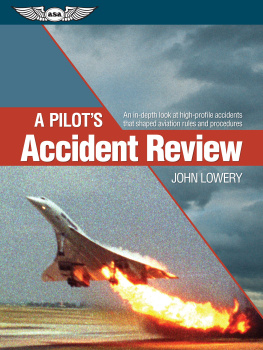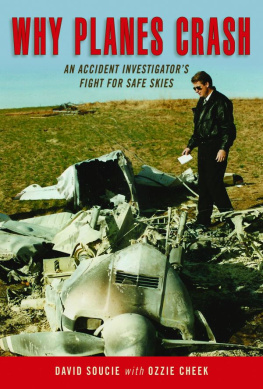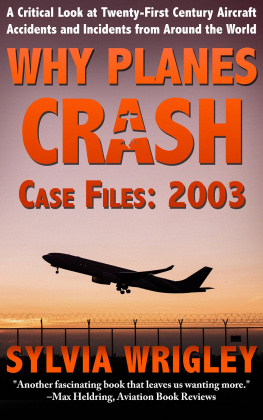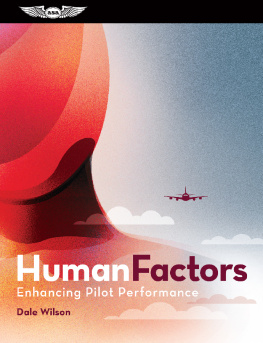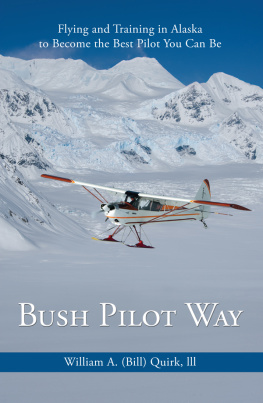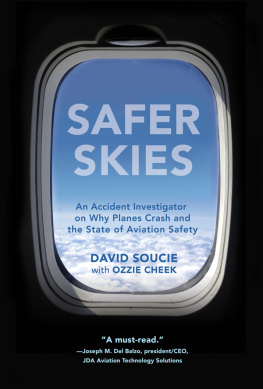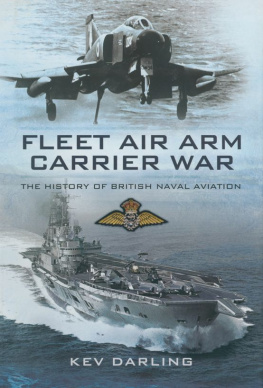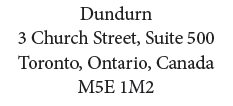Also by Peter Pigott
Air Canada: The History (2014)
From Far and Wide: A History of Canadas Arctic Sovereignty (2011)
Sailing Seven Seas: A History of the Canadian Pacific Line (2010)
Canada in Sudan: War Without Borders (2009)
Canada in Afghanistan: The War So Far (2007)
Royal Transport: An Inside Look at the History of British Royal Travel (2005)
On Canadian Wings: A Century of Flight (2005)
Wingwalkers: The Rise and Fall of Canadas Other Airline (2003)
Taming the Skies: A Celebration of Canadian Flight (2003)
Wings Across Canada: An Illustrated History of Canadian Aviation (2002)
Flying Canucks III: Famous Canadian Aviators (2002)
Flying Canucks II: Pioneers of Canadian Aviation (2002)
National Treasure: The History of Trans Canada Airlines (2001)
Wingwalkers: The Story of Canadian Airlines International (1998)
Flying Colours: A History of Commercial Aviation in Canada (1997)
Flying Canucks: Famous Canadian Aviators (1996)
Gateways: Airports of Canada (1996)
Hong Kong Rising: The History of a Remarkable Place (1995)
Kai Tak: The History of Aviation in Hong Kong (1988)
Copyright
Copyright Peter Pigott, 2016
All rights reserved. No part of this publication may be reproduced, stored in a retrieval system, or transmitted in any form or by any means, electronic, mechanical, photocopying, recording, or otherwise (except for brief passages for purposes of review) without the prior permission of Dundurn Press. Permission to photocopy should be requested from Access Copyright.
Editor: Michael Carroll
Design: Laura Boyle
Cover design: Sarah Beaudin
Back cover images: Arrow air crash, Gander, 1985, TSB Archives; author portrait by Luc St. Amour
Epub Design: Carmen Giraudy
Library and Archives Canada Cataloguing in Publication
Pigott, Peter, author
Brace for impact : air crashes and aviation safety / Peter Pigott.
Includes bibliographical references and index.
Issued in print and electronic formats.
ISBN 978-1-4597-3252-0 (paperback).--ISBN 978-1-4597-3253-7 (pdf).--ISBN 978-1-4597-3254-4 (epub)
1. Aircraft accidents. 2. Aeronautics, Commercial--Safety measures. I. Title.
TL553.5.P54 2016 363.1241 C2016-901298-0
C2016-901299-9
We acknowledge the support of the Canada Council for the Arts and the Ontario Arts Council for our publishing program. We also acknowledge the financial support of the Government of Canada through the Canada Book Fund and Livres Canada Books, and the Government of Ontario through the Ontario Book Publishing Tax Credit and the Ontario Media Development Corporation.
Care has been taken to trace the ownership of copyright material used in this book. The author and the publisher welcome any information enabling them to rectify any references or credits in subsequent editions.
J. Kirk Howard, President
The publisher is not responsible for websites or their content unless they are owned by the publisher.
Visit us at: Dundurn.com | @dundurnpress | Facebook.com/dundurnpress | Pinterest.com/dundurnpress
Dedication
For my wife, Donna
Behind every great man
Okay, well, Im not that great,
But she certainly is.
Introduction
The idea to write about the unthinkable the reasons for twisted pieces of airplane scattered about a fuel-soaked field and charred flesh being bagged for the morgue, in short, a book on air crashes was born at a postcard-perfect scene: the view of the Ottawa River from the Britannia Yacht Club.
Every November 11, I join other members at the club to honour those who lost their lives in defence of Canada. Facing Lac Deschnes, we gather at the flagpole and unsuccessfully attempt to shelter against the biting wind while In Flanders Fields is recited. In 2014 at the ceremonys completion, an elderly lady hearing of my interest in aviation asked if she could speak to me. As a girl, she had seen a plane crash not far from where we stood.
On a July afternoon in 1945, she and a number of local children watched a Canso flying boat do touch and goes on the lake. It circled over Shirleys Bay, then lost altitude to bounce down on the Ottawa River, taxied toward Britannia Beach, and took off again. The yacht club harboured the Royal Canadian Air Force (RCAF) crash boat, which usually performed circles on the lake for pilots to gauge the water, but the old woman couldnt recall if it had been in use that day.
The Canso was part of the RCAFs 162 Squadron, which had just returned home to Sydney, Nova Scotia, from Reykjavik, Iceland. Having survived the war, the aircraft and crew were sent to RCAF Station Rockcliffe, Ottawa, to be outfitted for a photographic survey of Baffin Island. That sunny afternoon, as they were practising landings on the lake, Deaths scythe reached out to them. The children watched in horror as the Canso touched down on the river and its wing tipped into the water and tore off. The aircraft then flipped over and began sinking. Holed in the fuselage and so close to the Deschnes Rapids, it went to the lake bottom within minutes, trapping the crew inside.
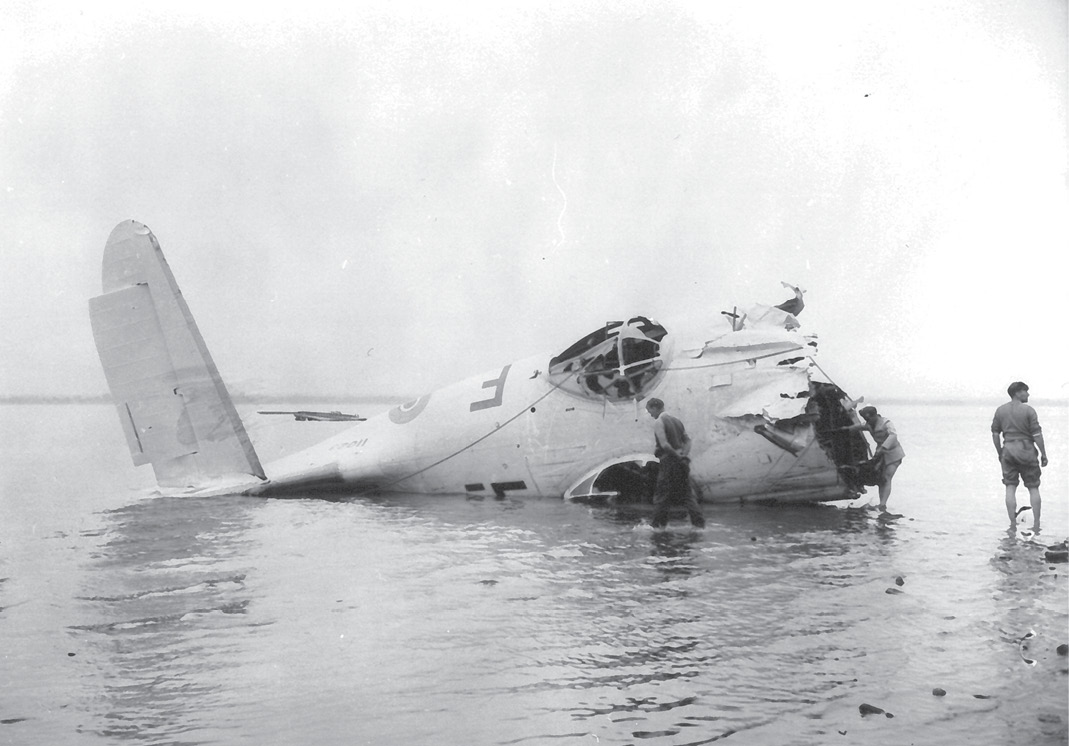
Wreckage of the Canso flying boat brought ashore, Lac Deschnes, July 1945. Library and Archives Canada .
By the time boats from the yacht club got to the crash, the scene was marked by floating logbooks, oil slicks, and bodies. Killed were five crew members, with two men injured. What was left of the flying boat was dragged up onto the shore, and the wreckage was sent to the RCAF station at Trenton. The squadron was disbanded a month later, and in the euphoria of VJ Day, what happened that summer afternoon on the Ottawa River fell through the cracks, remaining only in the memories of those who, like the old woman, had witnessed it.
Air disasters were much in the news in 2014, as the death toll in commercial aviation multiplied four times over the previous years numbers. The tragedies that befell the two Malaysia Airlines aircraft in March and July had resulted in the deaths of all 537 people on board. By years end, when 1,183 passengers and crew had died in air crashes, one could be forgiven for assuming 2014 was the worst year in aviation history.
But that wasnt the case. It is just that people have short memories. In 1998, there had been 1,242 fatalities; in 1996, 1,845; and in 1985, 1,283 were killed. Even worse were the 1970s, when in both 1972 and 1973 aviation deaths topped 2,000. With the Internet and satellite-feed television coverage, there is nothing more telegenic than the shattered, smoking remnants of an airliner with the passengers personal effects strewn about the landscape. It is little wonder that aviation is thought of as inherently unsafe. Perhaps humans werent meant to rattle around in a metal tube at 33,000 feet, and the fear of flying (especially fear of crashing) affects us all. A high-risk endeavour such as this, we tell ourselves, was never meant to be error-free or entirely safe.
I knew the statistics better than anyone: that the death risk for passengers on commercial airlines is 1 in 45 million flights, that flying is the safest mode of transport, and that youre more likely to die from falling out of bed than in a plane crash. As sociologist Barry Glassner noted in his book The Culture of Fear , in the entire history of commercial aviation, fewer than 13,000 people have died in airplane crashes. Four times that many Americans lose their lives in automobile accidents in a single year. With the Malaysian Airlines tragedies following each other so quickly, the electronic media discovered what newspaper editors had known since the 1920s: that because air crashes are so infrequent (compared with the daily carnage on the highways), when they do happen, they make for gut-wrenching, fear-inducing headlines and dramatic images. We live in a world of the visually sensational rather than intelligent discourse, and every story of planes crashing due to metal fatigue, turbulence, or just vanishing only serves to confirm our sense of flight as unnatural, uncomfortable, and inevitably catastrophic.


